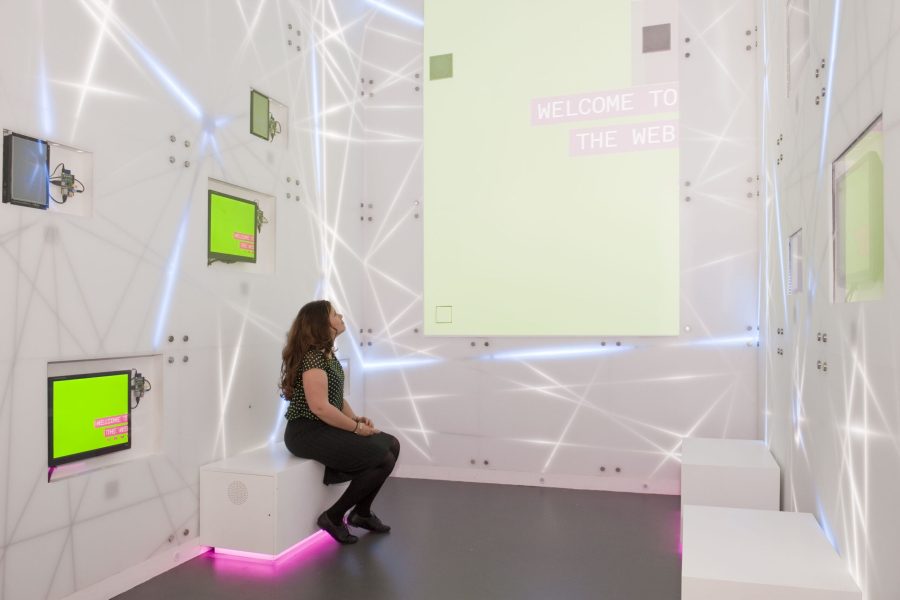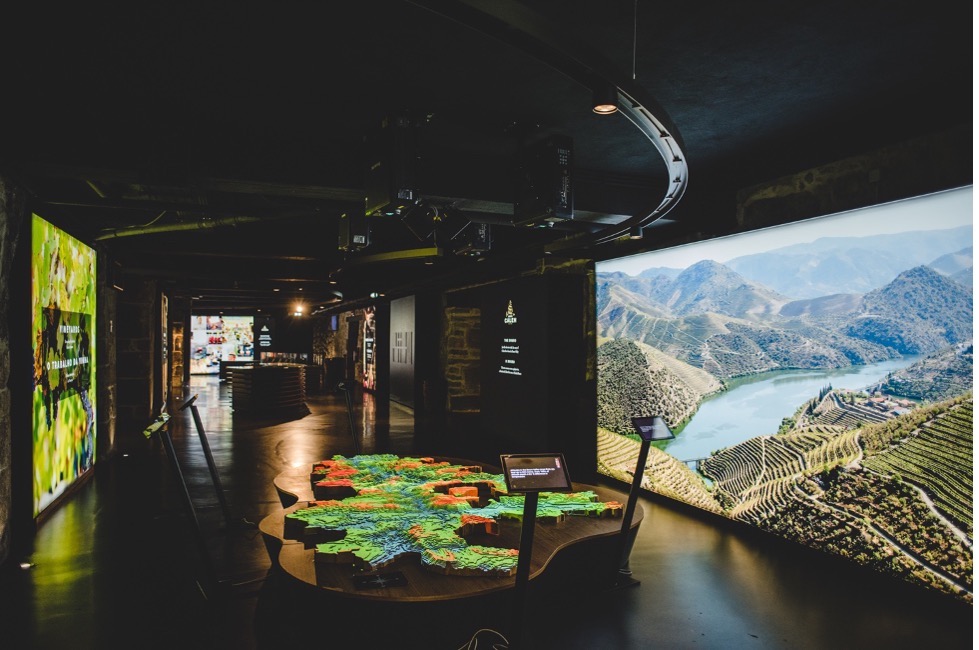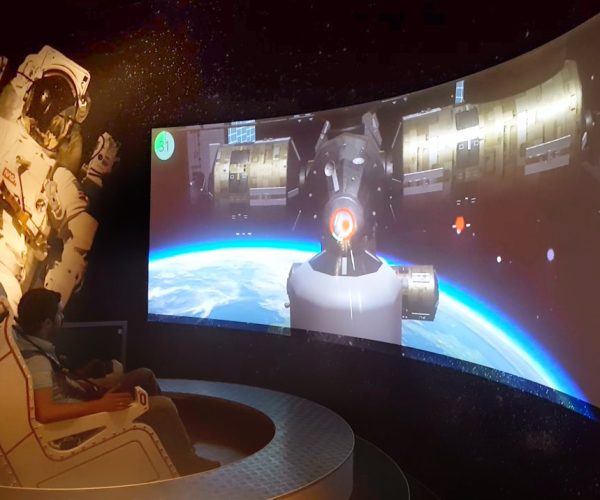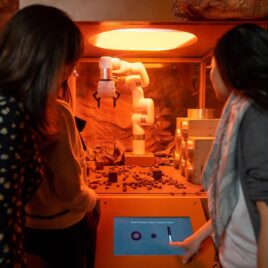In the dynamic world of interactive exhibitions, storytelling becomes a powerful tool for engaging visitors and imparting knowledge. The fusion of narrative and interactivity creates an immersive experience that goes beyond traditional methods of interpretation. Here’s a guide on how to craft a compelling story and interpretation within an interactive exhibition.
1. Define Your Narrative Arc
a. Establish a Clear Theme:
Begin by defining a clear theme or central message for your exhibition. This theme will guide the narrative and provide visitors with a cohesive and memorable experience.
b. Create a Story Arc:
Craft a narrative arc that introduces, develops, and resolves the theme. Whether it’s a journey through time, a scientific discovery, or an exploration of cultures, a well-structured story arc keeps visitors engaged from start to finish.
2. Know Your Audience
a. Tailor Content to Visitors:
Understand your target audience and tailor the storytelling to resonate with their interests, knowledge levels, and preferences. This ensures a more personalized and impactful experience.
b. Incorporate Interactive Elements:
Consider the preferred modes of interaction for your audience. Whether through touchscreens, physical manipulatives, or immersive technologies, choose interactive elements that enhance the narrative and engage visitors.

3. Integrate Multisensory Experiences
a. Appeal to the Senses:
Incorporate multisensory experiences to create a more immersive and memorable exhibition. Utilize sound, visuals, textures, and even scents to enhance the storytelling and interpretation.
b. Align Sensory Cues with Story Beats:
Sync sensory cues with key story beats to evoke emotions and enhance the narrative. For example, use ambient sounds or lighting changes to signal transitions in the story.
4. Foster Visitor Participation
a. Encourage Active Engagement:
Design interactive elements that encourage visitors to actively participate in the narrative. Whether through hands-on activities, decision-making points, or collaborative challenges, engagement fosters a deeper connection with the story.
b. Allow for Exploration:
Create opportunities for visitors to explore and discover elements of the story at their own pace. Non-linear pathways and interactive zones invite curiosity and promote a sense of self-guided discovery.
5. Utilize Technology Thoughtfully
a. Seamless Technological Integration:
If incorporating digital elements, ensure seamless integration with the narrative. Technology should enhance the story rather than distract from it, providing additional layers of information or interactive experiences.
b. Keep Technology Accessible:
Consider the accessibility of technology for all visitors. Ensure that interactive elements are user-friendly and accommodate diverse abilities and age groups.

6. Embrace Storytelling Techniques
a. Use Compelling Characters:
Introduce characters, whether historical figures, fictional personas, or representative avatars, to humanize the narrative. Develop compelling backstories that resonate with the exhibition theme.
b. Employ Storytelling Techniques:
Incorporate storytelling techniques such as suspense, foreshadowing, and resolution to create a narrative that unfolds naturally and captivates the audience’s attention.
7. Iterative Evaluation and Improvement
a. Gather Visitor Feedback:
Throughout and after the exhibition, gather feedback from visitors. Use surveys, observations, and analytics to understand the impact of the storytelling and identify areas for improvement.
b. Iterate for Continual Enhancement:
Based on feedback, iteratively improve the exhibition. This may involve tweaking interactive elements, adjusting pacing, or refining the narrative for a more impactful experience.
A Tapestry of Stories
Crafting a compelling narrative within an interactive exhibition is akin to weaving a tapestry of stories that captivate, educate, and inspire. By combining a well-defined narrative structure with interactive equipment that engage the senses and foster participation, museums and science centers can create experiences that leave a lasting impression on visitors.
In the ever-evolving landscape of interactive exhibitions, storytelling remains a timeless art that transforms information into an unforgettable journey.




